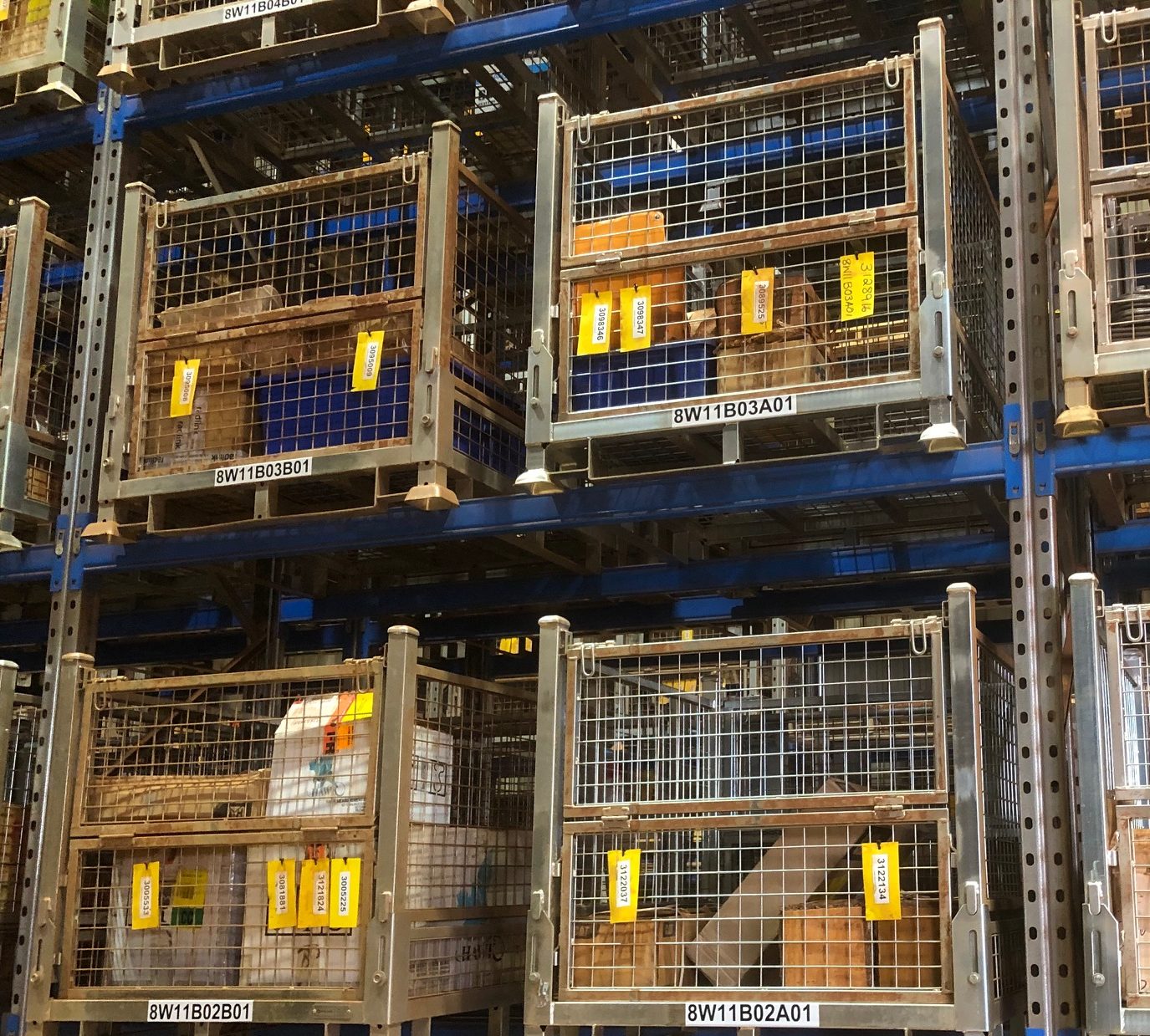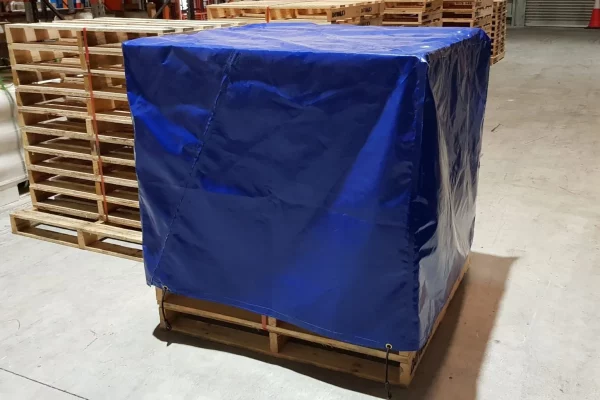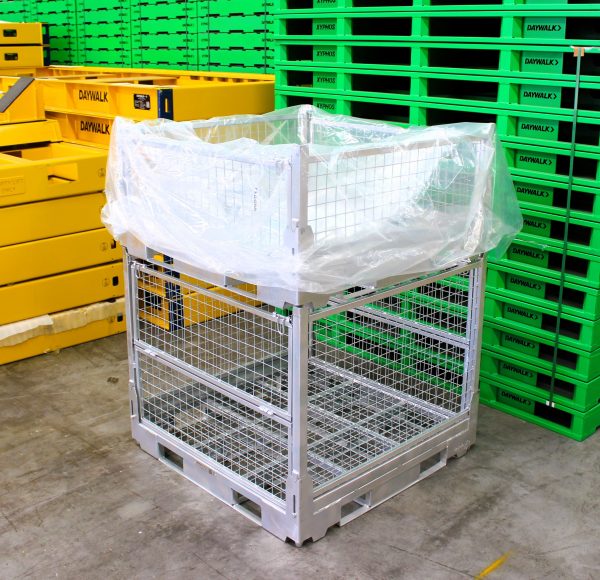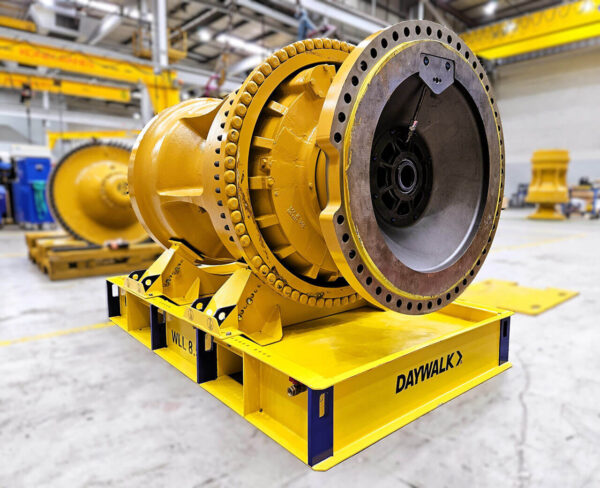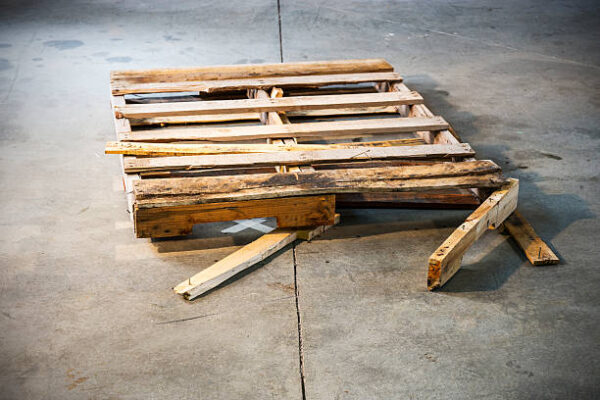When talking about warehouse production flow, “bottlenecking” refers to a certain point where everything slows down compared to the activity that precedes it. This can be anything from slow packers on a conveyor belt to using outdated wood pallets for stacking instead of using modernised metal cages.
Causes of Bottlenecks
- Manpower
Though technology has made most warehouses automated, automation is only as good as its human involvement. If warehouse workers are inefficient or still have to use outdated warehouse tools and materials, their part in the process will slow down the entire operation.
- Technology
No matter how good, technology is not faultless. System incompatibility and downtime issues can result in bottlenecks.
- Organisation and layout
Warehouses are full of inventory, but not all items may be equally accessible. If a warehouse is disorganised or is inefficiently laid out, bottlenecks will happen with employees wasting time looking for inventory. Even the use of warehouse racks, pallets, and metal cages can affect warehouse operations as to how fast specific goods, products, materials, and items can be identified and offloaded by forklift or manually.
Effects of Warehouse Bottlenecks
- Reduced productivity and efficiency
This is the most devastating effect of a warehouse bottleneck because it involves cost and time. One drastic example is the slow distribution of products, resulting in customers waiting longer to receive orders.
- Negative impact on profitability
Bottlenecks mean the operational process has stalled, and this can result in harm to profitability since every minute in downtime is a minute that could otherwise be spent making products to sell. Furthermore, when customers become displeased, they look for another company, usually the competitors.
Identifying and Solving Bottlenecks
Bottlenecks aren’t that hard to identify and solve. For bottlenecks resulting from manpower, improved training and proper warehouse procedures can be implemented to reduce downtime. For technology bottlenecks, ensure the workforce has adequate training in the use of the technology and that connectivity is optimised.
When it comes to inventory organisation and warehouse layouts, shelves should be orderly so that items can be found quickly or easily stored away. Thus, steel cages such as Daywalk’s International Cage range are a significant asset in many warehouses, providing a highly durable, economical, stackable, and forklift compatible organisation solution.
The International Cage range has anti-tipping bars and two removable half fold-down gates for easy access or inspection of items stored inside. The cage can also come with a one half-fold lockable lid suited for transporting goods in safety. The steel mesh sides and sheeted flooring also ensure that items are well-protected. Metal cages can also be folded or dismantled for storage or safe-keeping when not used.
DAYWALK International Metal Cages
Contact the sales team at DAYWALK, or talk to one of our online representatives for queries. You can even request for a free quote on our metal cages. Contact DAYWALK today to discuss your requirements – https://daywalk.com/contact.
